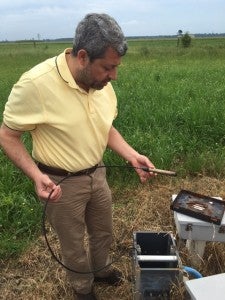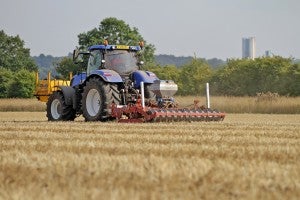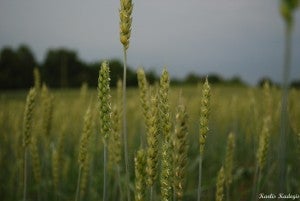
Dr. Mohamed Youssef demonstrates the benefits of controlled drainage.
NC State University’s agriculture water management expert Mohamed Youssef, Ph.D, believes the time is ripe for controlled drainage to make a comeback.
Controlled drainage is one of the most effective ways to minimize nitrogen loss from croplands. It’s a management practice involving the use of a control structure installed at the outlet of a drainage ditch or subsurface drain to regulate drainage water outflow according to plant needs and field operations.
“A controlled drainage system can remove between 40 and 60 percent of the nitrogen present in runoff, if used at a large scale. These systems hold huge potential to reduce pollution from very large flows of water runoff,” Youssef explained during my recent visit to NC State’s demonstration farms in eastern North Carolina.
Despite the promise, adoption rates for this practice remain very low, in part because of functionality problems with the first controlled drainage structures. But thanks to new advances in the technology that I recently viewed in the field, adoption rates are rising.
Like any filter practice, controlled drainage is just one tool that can help solve regional water quality problems. It’s not a silver bullet, especially with some geographic limitations since they can be used only on low-sloping fields. While there is no perfect solution to stop farm runoff, after seeing drainage systems first-hand, I too believe we’re nearing a tipping point for widespread adoption of controlled drainage in agriculture – and big environmental benefits. Here’s the story. Read More


















